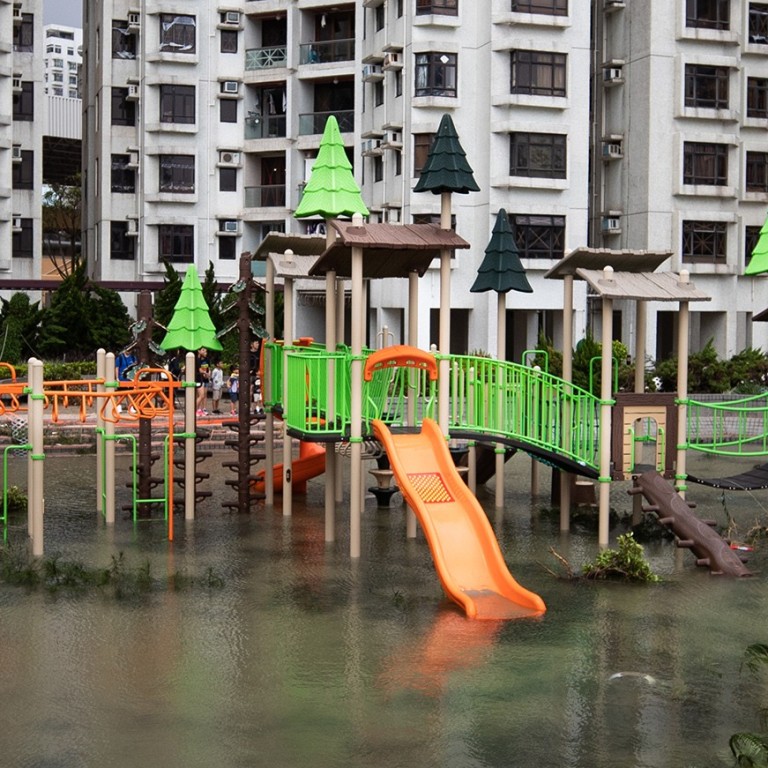
Hong Kong can step up fight against global warming by declaring a ‘climate emergency’
- 2 experts call on Hong Kong to be a climate action role model for the world
- More than 1,000 cities in 16 countries have declared a climate emergency
Hong Kong could become a climate action role model for the world by declaring a “climate emergency” and increasing adaptation measures, said two experts on Friday.
Zhai Panmao and Hans-Otto Pörtner, co-chairs of the Intergovernmental Panel on Climate Change (IPCC) working group, were in the city to meet academics and engineers and discuss the latest findings in a recent report at a meeting hosted by the Hong Kong Observatory.
“For cities, I think [declaring climate emergency] is crucial for taking climate action, not only for adaptation but also from a mitigation perspective,” said Zhai when asked whether a recent campaign to push cities to declare such an emergency was needed to deal with the problem.

More than 70 per cent of carbon dioxide is emitted from cities, which have the best technology and more money to tackle climate change, said Zhai. “For me, the solution will come from cities.”
The climate emergency campaign, initiated by activist groups, started in 2016 when Darebin city in Australia became the first local government to declare a climate emergency.
Currently, more than 1,100 cities in 16 countries have done so, including Tolosa and Bacolod in the Philippines, and Iki city in Japan.
For me, the solution will come from cities
Most of the constituencies pledge to become carbon neutral by either eliminating carbon emissions altogether or balancing emissions by removing carbon elsewhere. The governments will have to consider tackling climate change in their policymaking of all areas.
In Hong Kong, global warming is believed to have already led to an increase in extreme weather events such as Typhoons Mangkhut last year and Hato in 2017.
Hato led to a loss of HK$40.3 billion (US$5.14 billion) across Hong Kong, Macau and Guangzhou, said Shun Chi-ming, director of the Hong Kong Observatory.

“All along I have been telling the government and the communities [in Hong Kong] to proactively take on adaptation measures,” Shun said. Some of these measures, such as building sea walls, were already in place.
Additionally, Pörtner suggested, Hong Kong could use natural adaptation measures such as growing mangroves or seagrass meadows to slow down wave surges, or even closing off bay areas to keep water away from the land.
“This kind of long-term planning is part of the ambitious adaptation measures needed, but keeping in mind you will hit adaptation limits. You can only build a wall up to a certain height,” he said.
The climate theory casting new light on the history of Chinese civilisation
If global warming cannot be limited to between 1.5 and 2 degrees Celsius, the scientists said, the oceans could rise by 0.84 metres by 2100. This would affect two billion people in coastal communities who would face floods and food shortages. Smaller island nations, such as Fiji or Samoa, would face a refugee crisis without enough land to relocate to, Pörtner said.
By 2030, global carbon emissions would need to be cut by 45 per cent from 31.8 billion tonnes in 2010 and, by 2050, achieve carbon neutrality to keep the planet’s temperature from rising more than 1.5 degrees Celsius.
“This is an unprecedented transformation in human history if we want to keep global warming to within 1.5 degrees Celsius,” Pörtner said.

